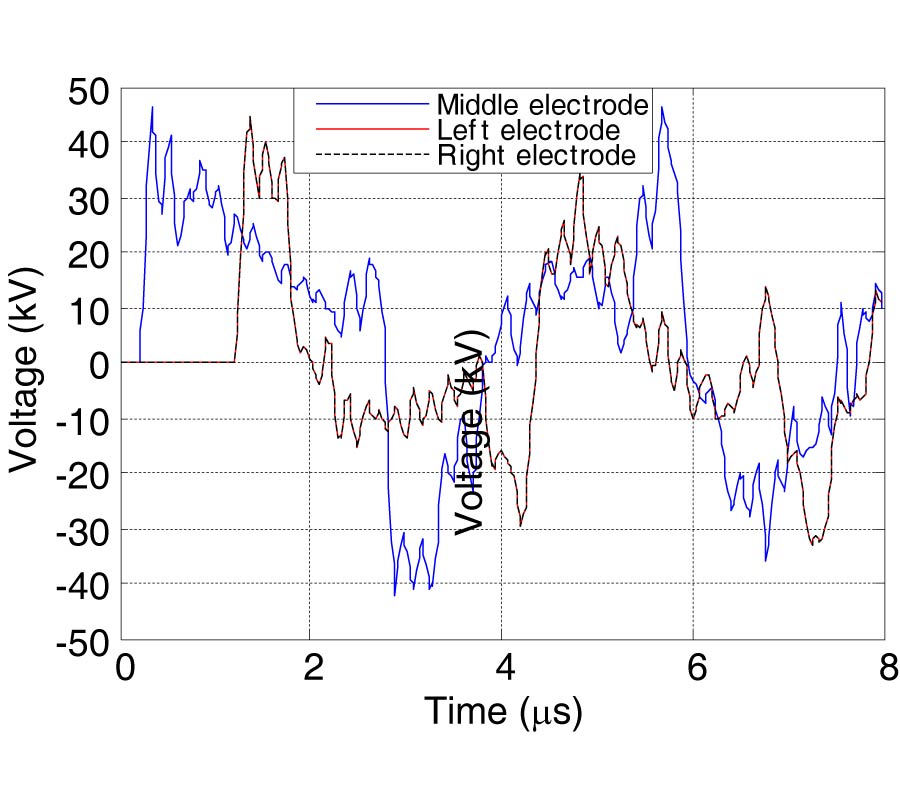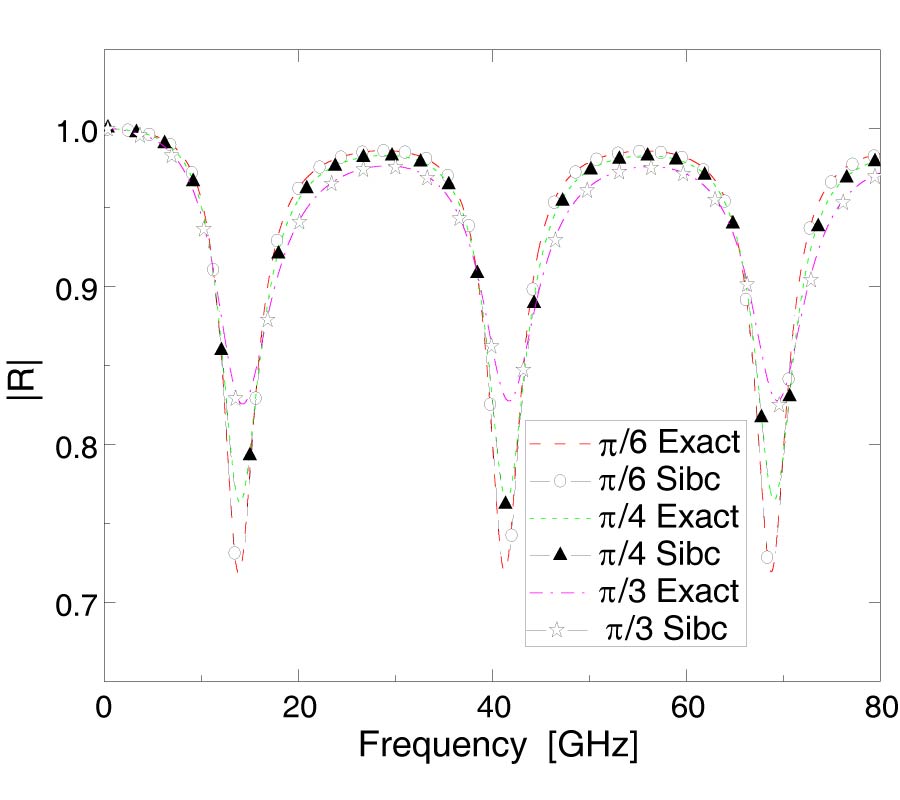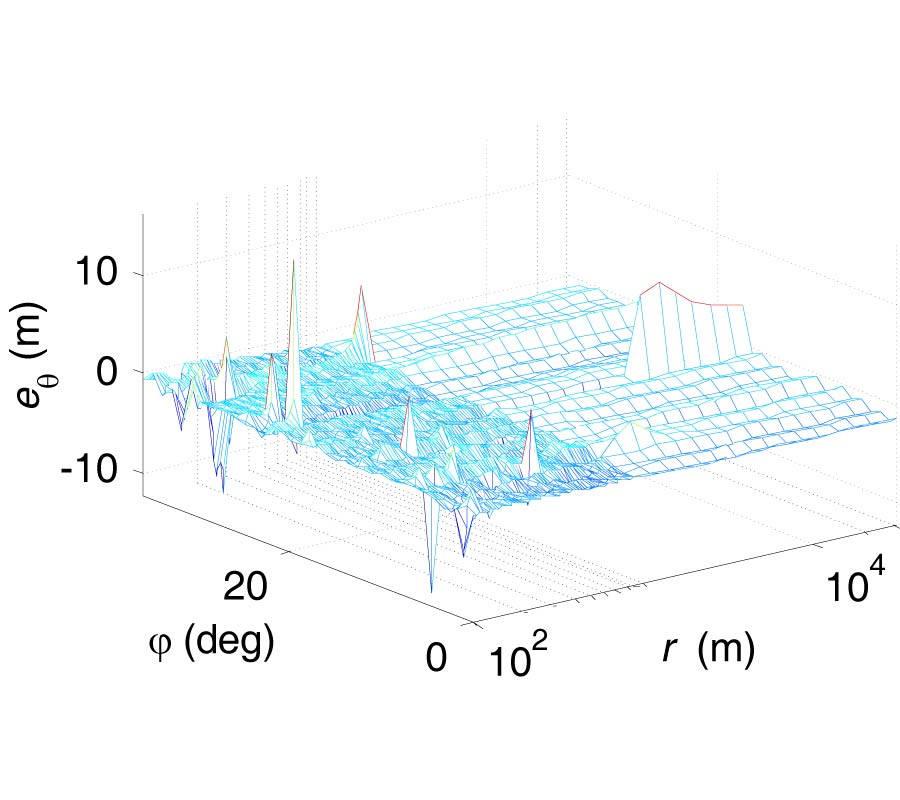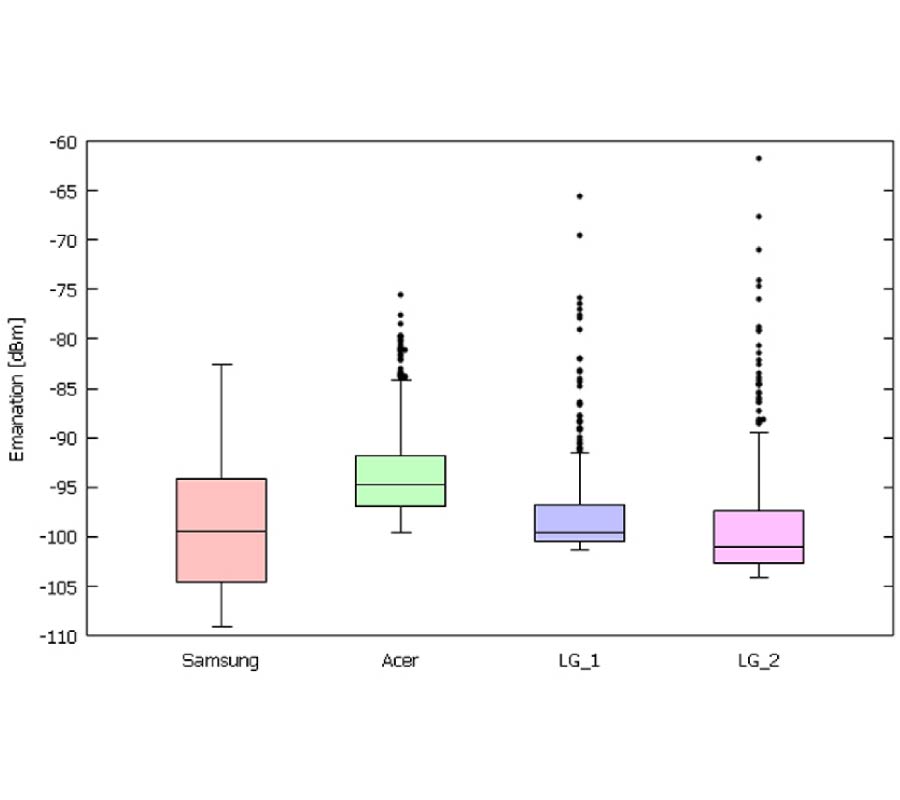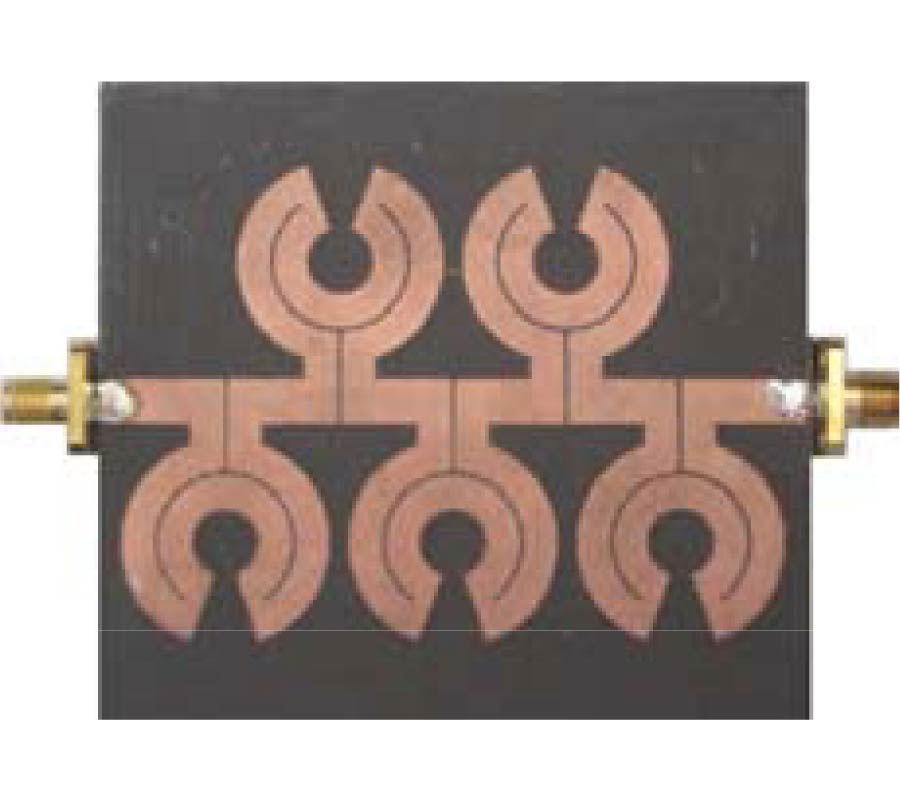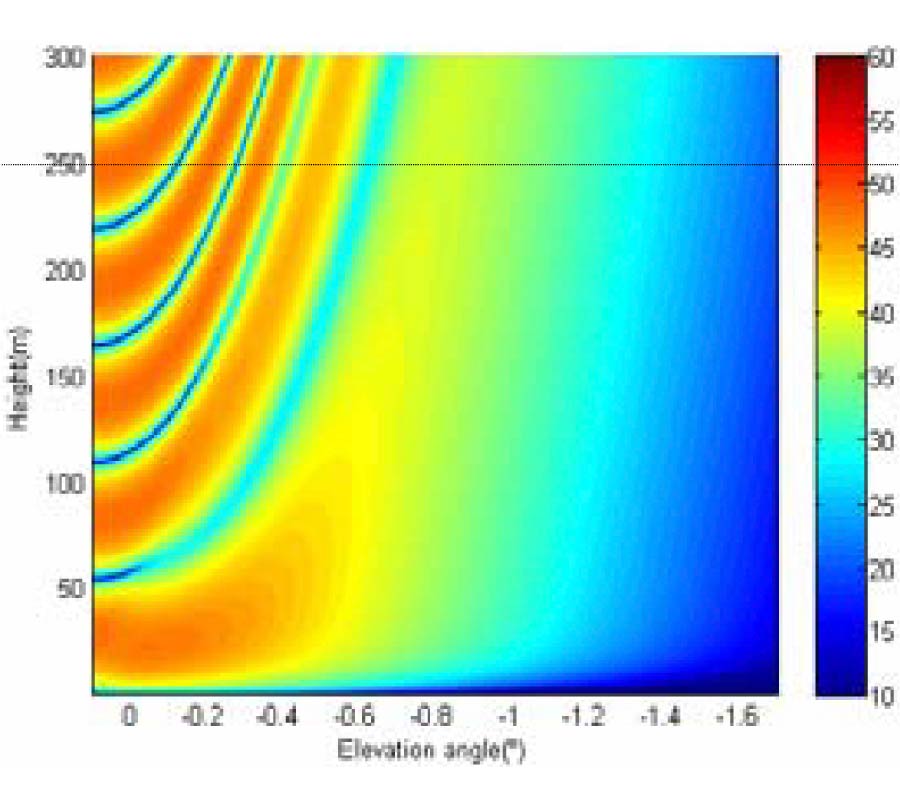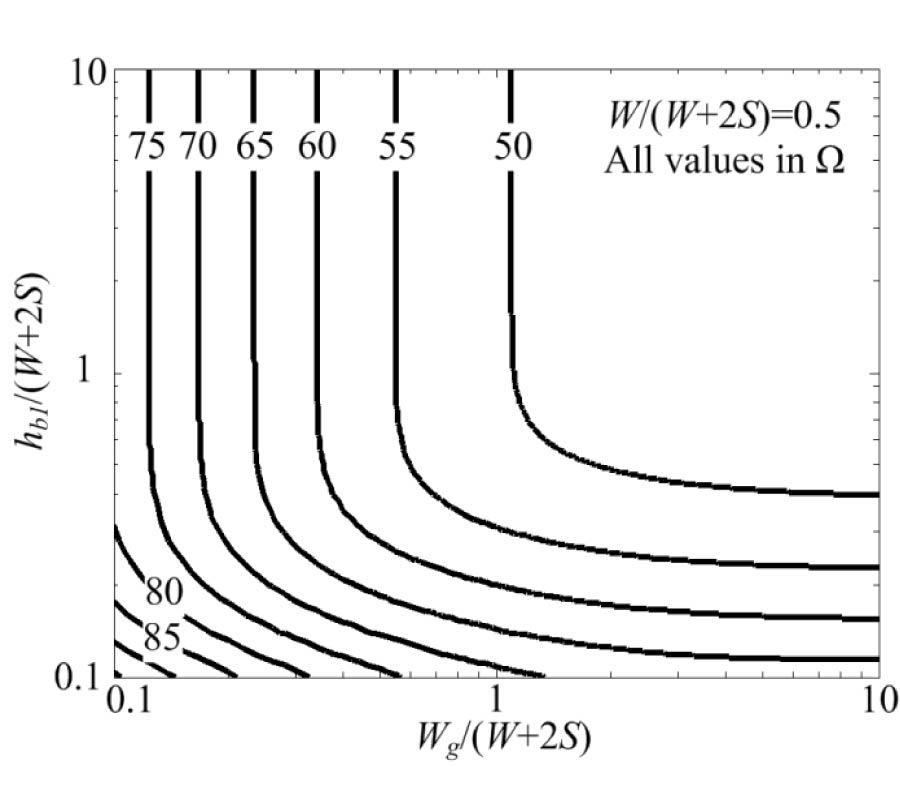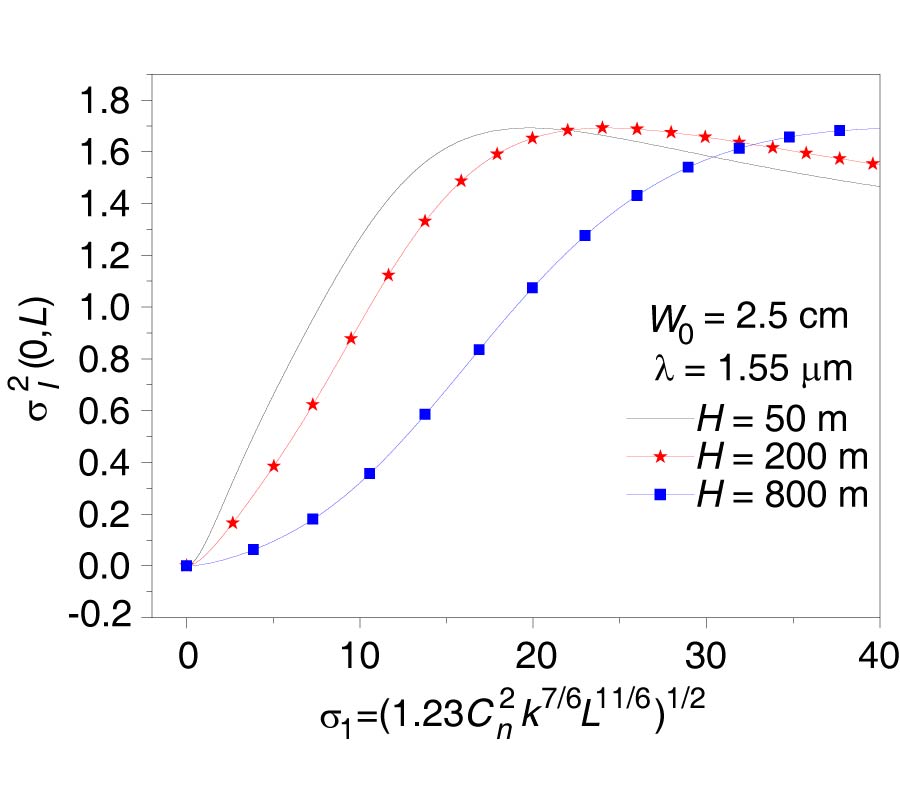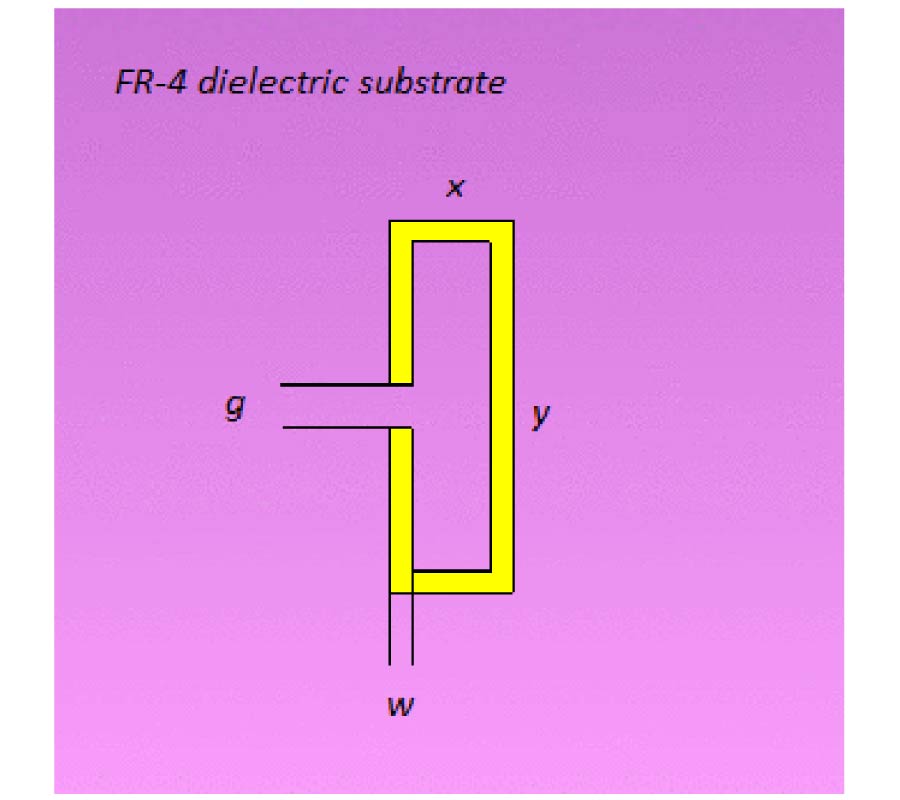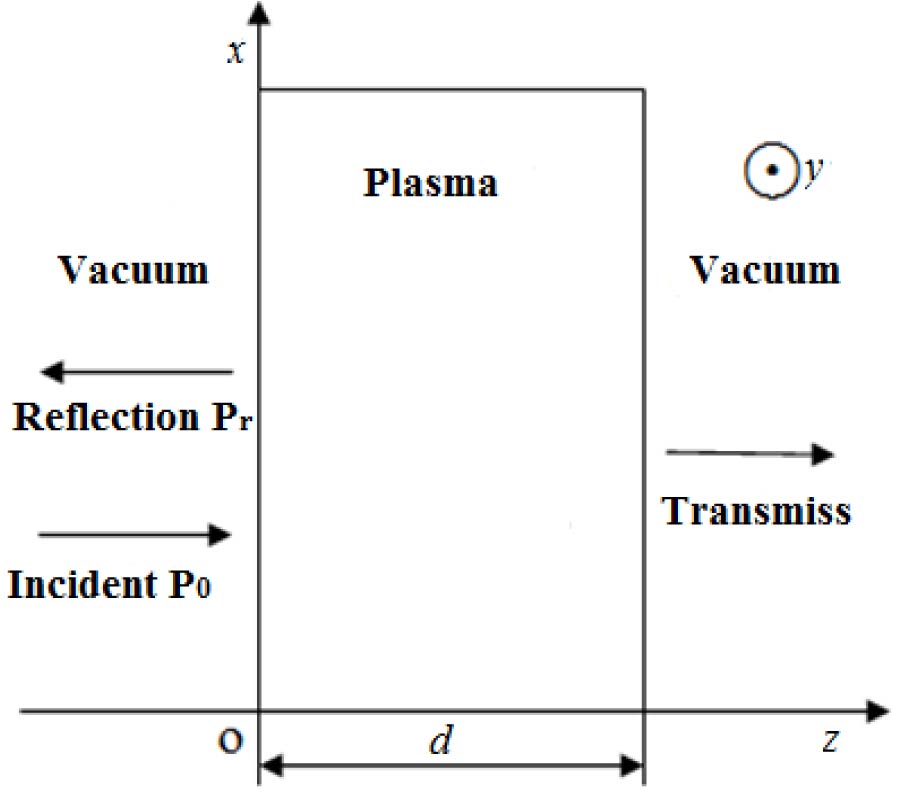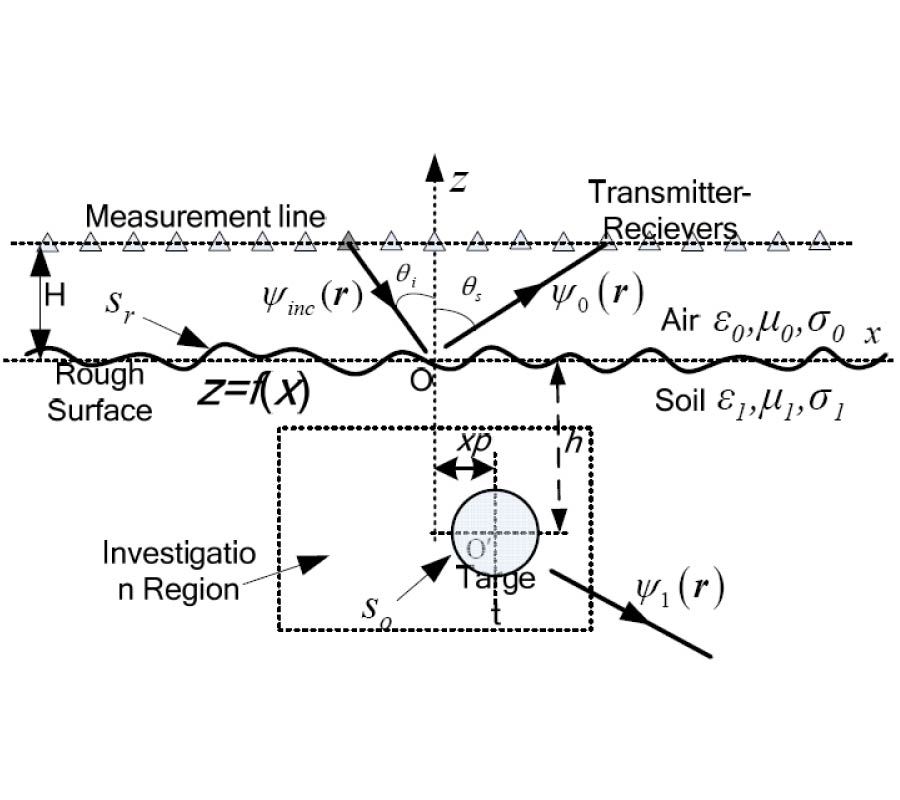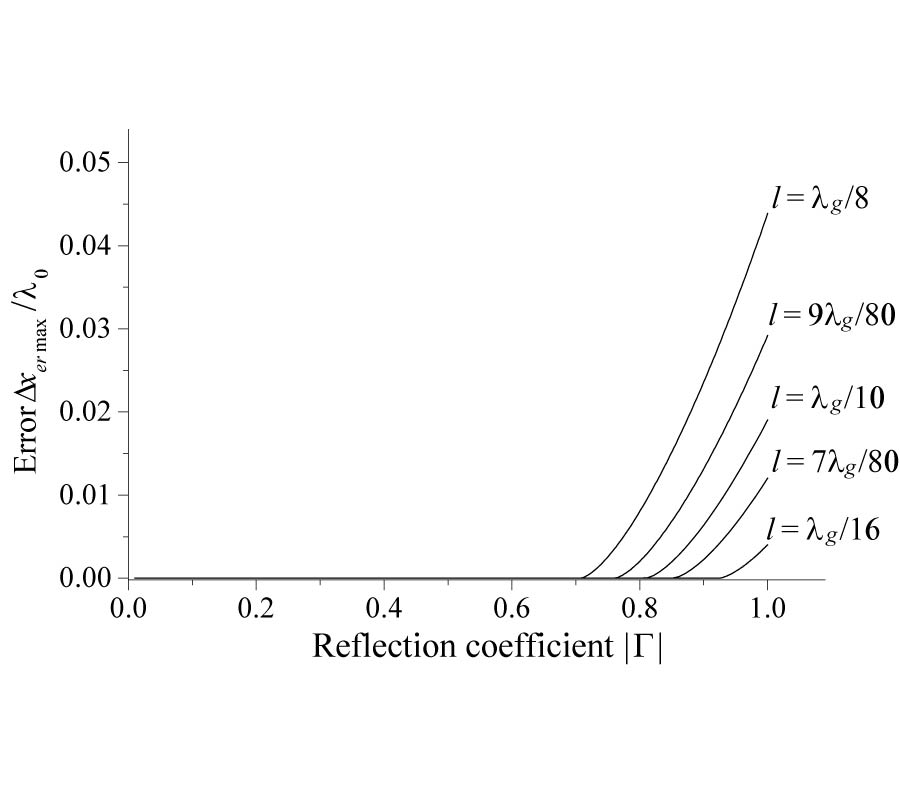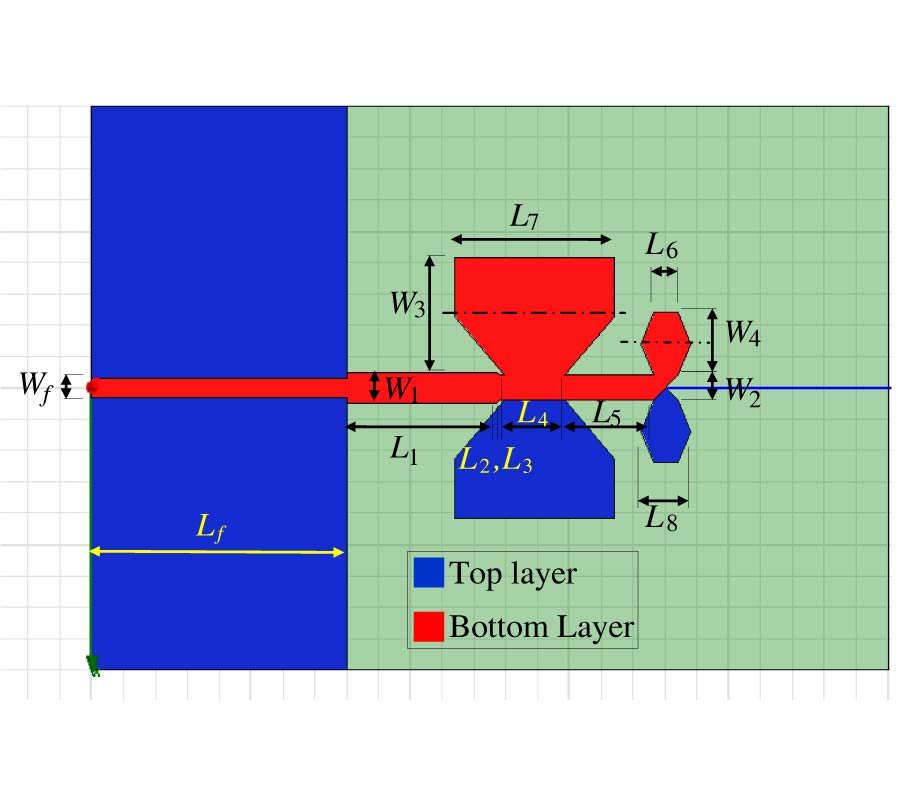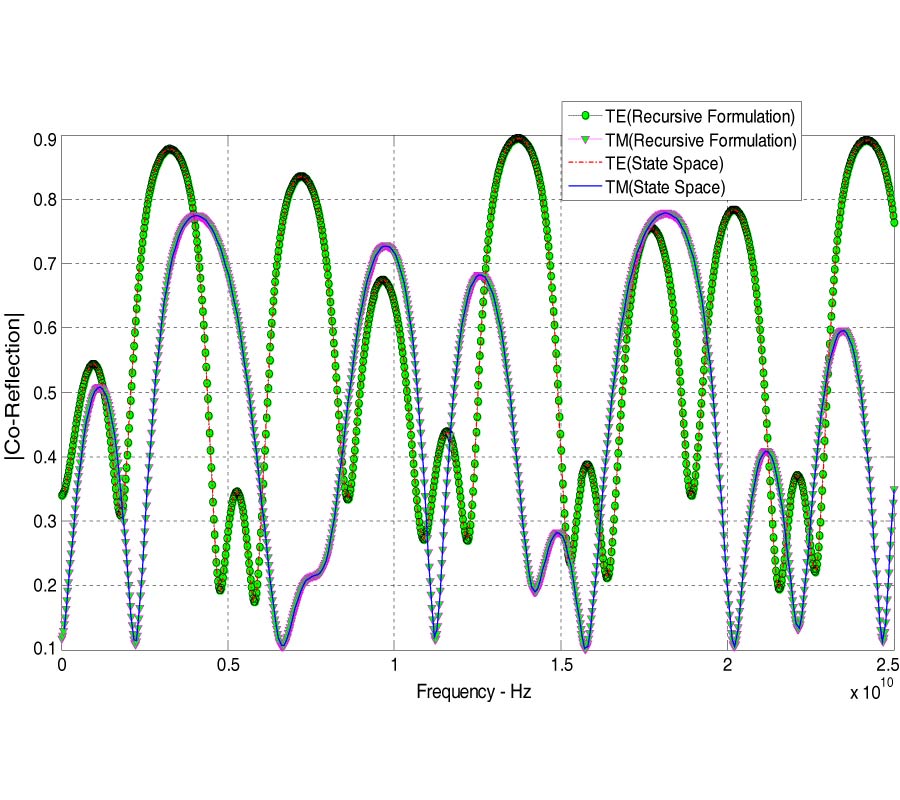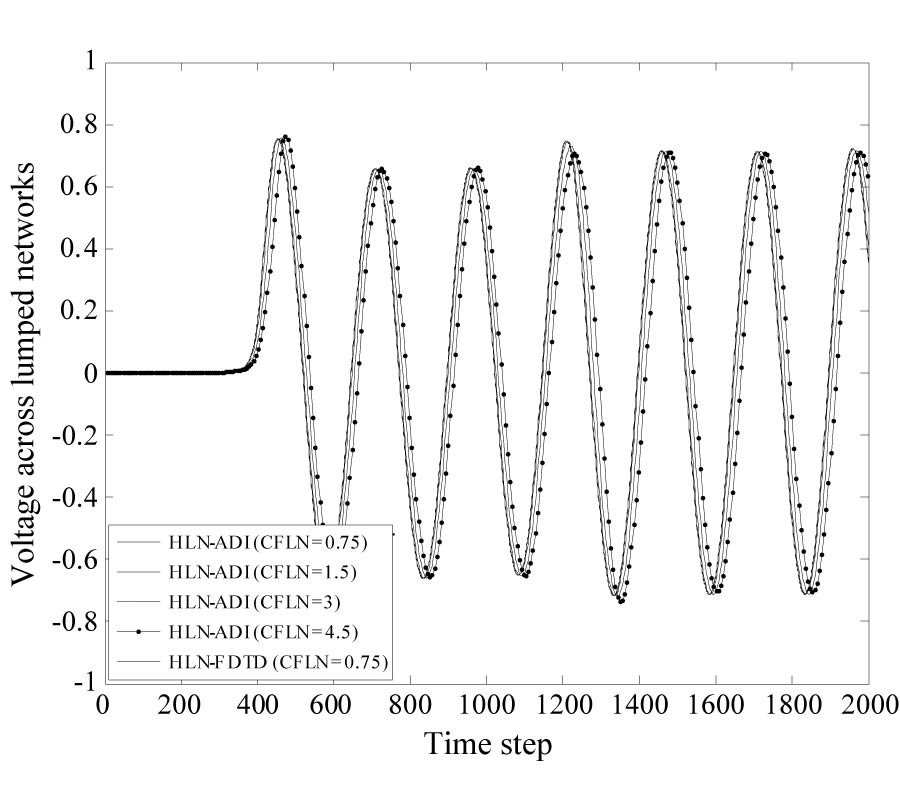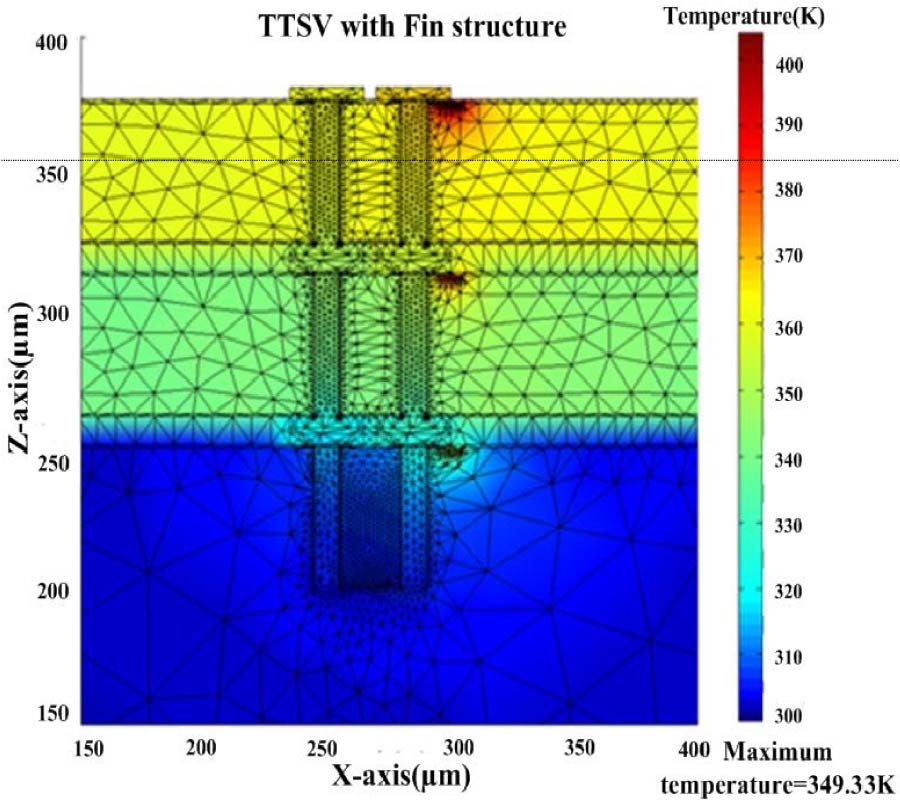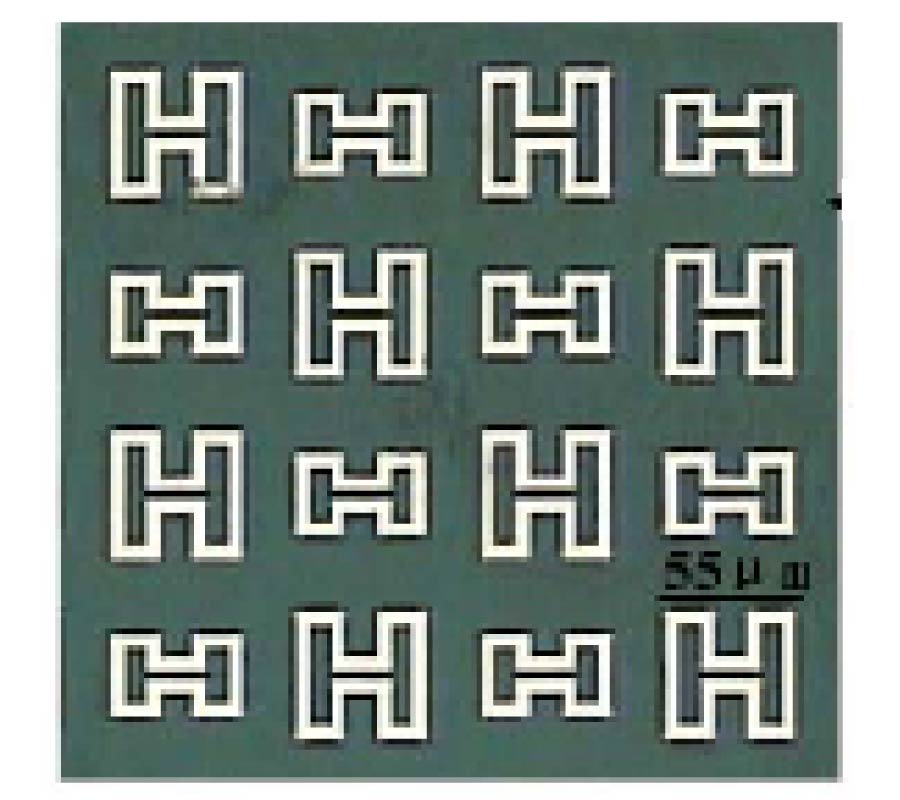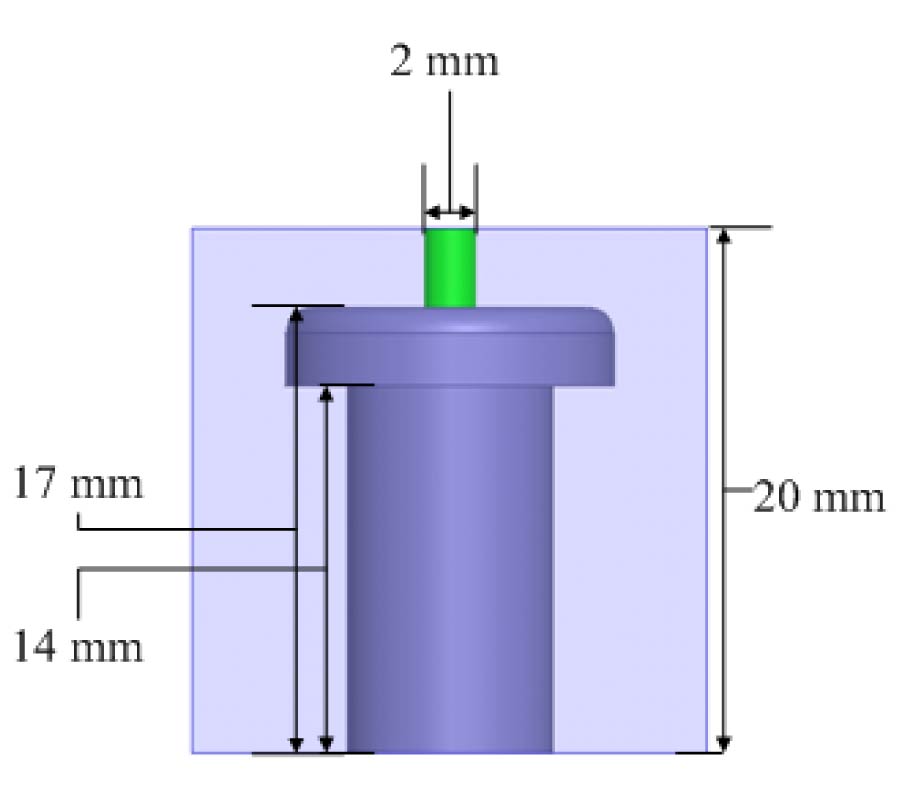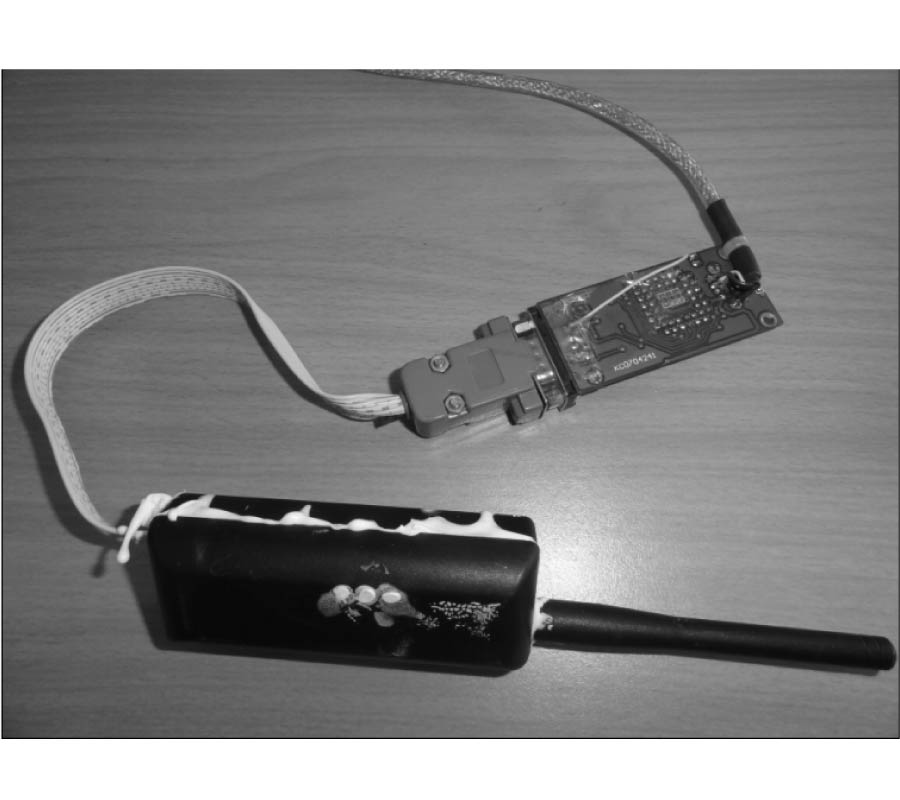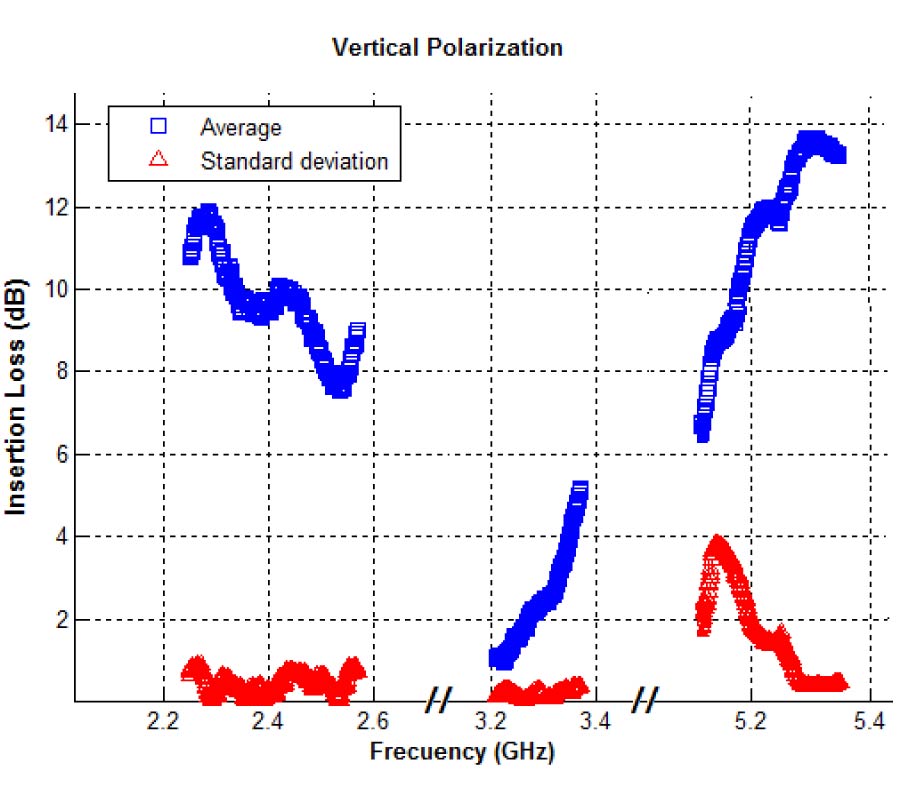2013-05-08 Latest Published
By Lotfi Boufenneche
Bachir Nekhoul
Kamal Kerroum
Khalil El Khamlichi Drissi
Dragan Poljak
Progress In Electromagnetics Research M, Vol. 30, 253-269, 2013
Abstract
In this paper, a direct time domain approach based on the corresponding transmission lines equations and Finite Difference Time Domain (FDTD) method is proposed to analyze a direct lightning strike to a cascade of transmission line towers. The proposed model deals with a real case of towers being connected by ground wires and equipped with grounding systems with different topologies, as well(vertical or horizontal conductor buried in the ground, crow's feet in the ground...). In particular, this work realistically represents the tower geometry and accounts for the propagation phenomena along the tower and between the towers. The proposed direct time domain approach deals with rather complex electrical devices (towers, ground wires and grounding systems), but at the same time requires very low computational cost and also provides relatively simple implementation. Some illustrative computational examples related to some engineering applications are given in the paper.
